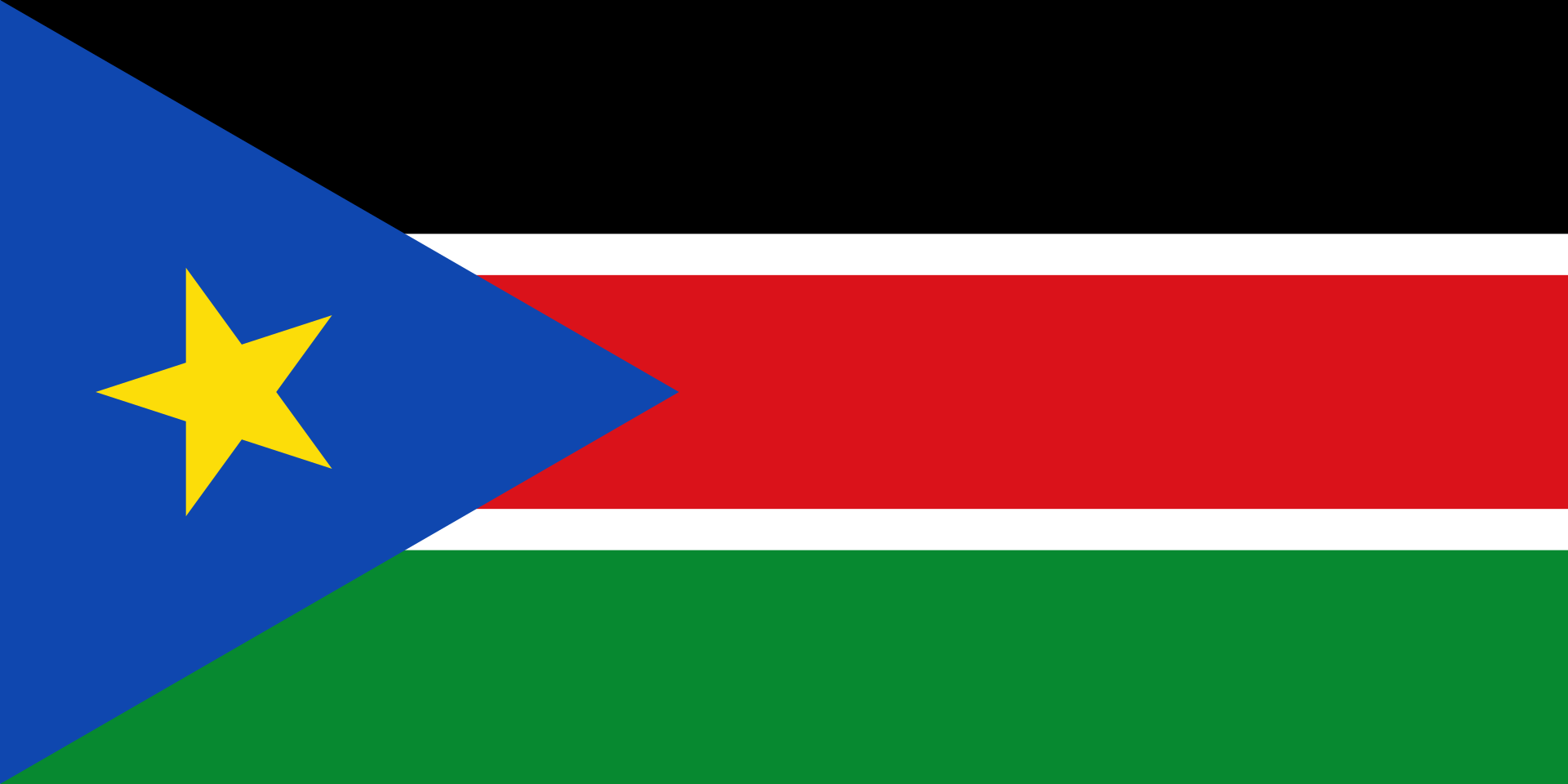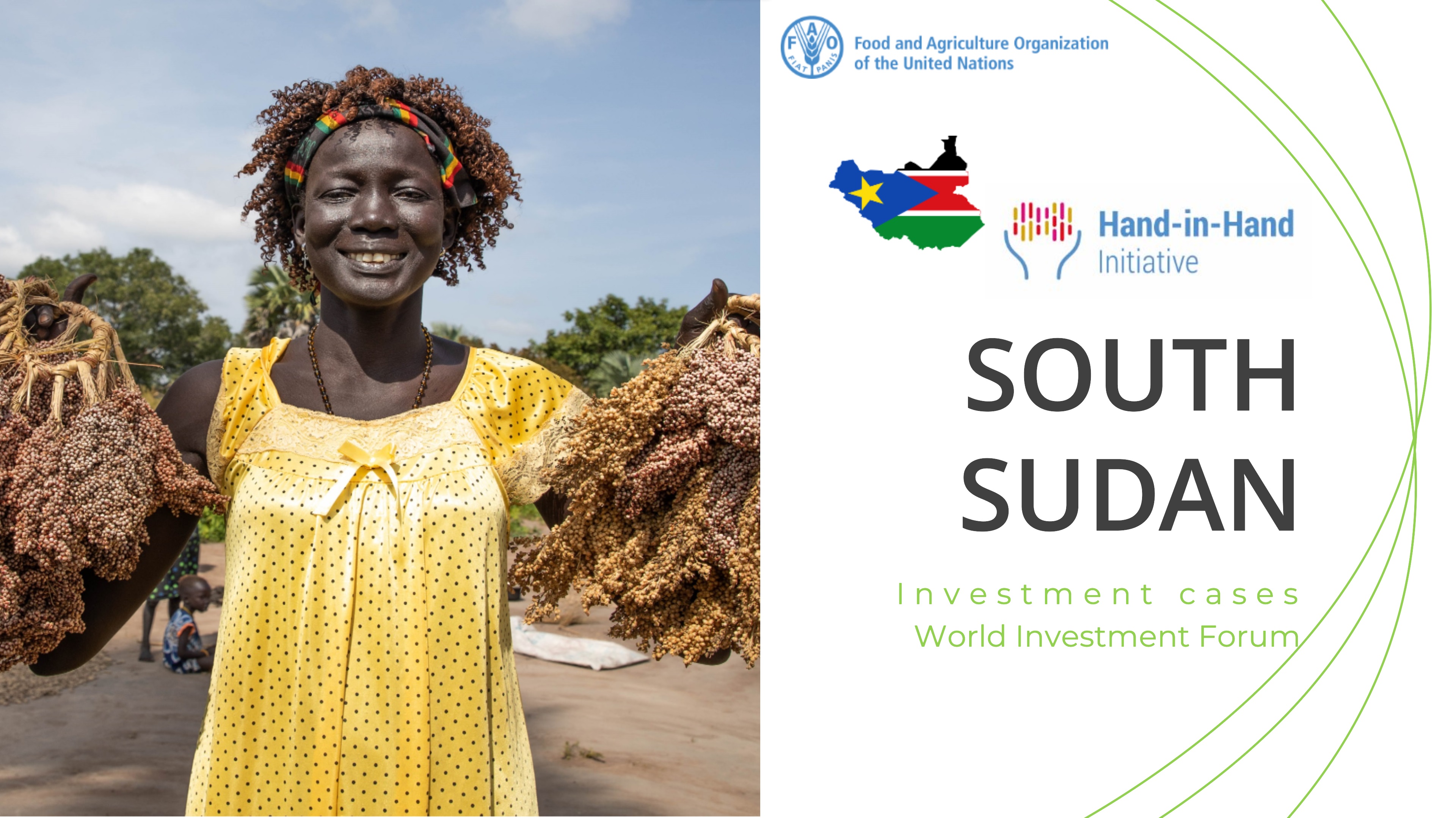INVESTMENT PRESENTATION
THE PROPOSAL
In South Sudan, the Hand-in-Hand Initiative is aligned to the Government of South Sudan Comprehensive Agriculture Master Plan (CAMP), which is an investment pipeline of crops, livestock, fishery, forestry and institutional development projects to achieve national and sectoral visions, policy and development objectives to over implemented over a 25-year time period. The objective is to increase production and productivity, improve food security and nutrition, in line with the South Sudan National Development Strategy (NDS) to transform the country’s agriculture and livestock into a thriving sector and a driving force for inclusive growth and economic diversification.
The Government through the Hand-in-Hand Initiative is seeking to mobilize scaled-up support with the objective of enhancing food security to transform production of priority commodities/value chains (sorghum, rice, sesame, and fisheries)[1] from low productivity, increase income and production of more market-oriented and more value-added products.
Work is ongoing to analyze and develop investment notes which will be presented at the Hand in Hand Investment Forum in October 2023.
[1] The government has agreed to these four value chains.
Poverty
Potential
Efficiency
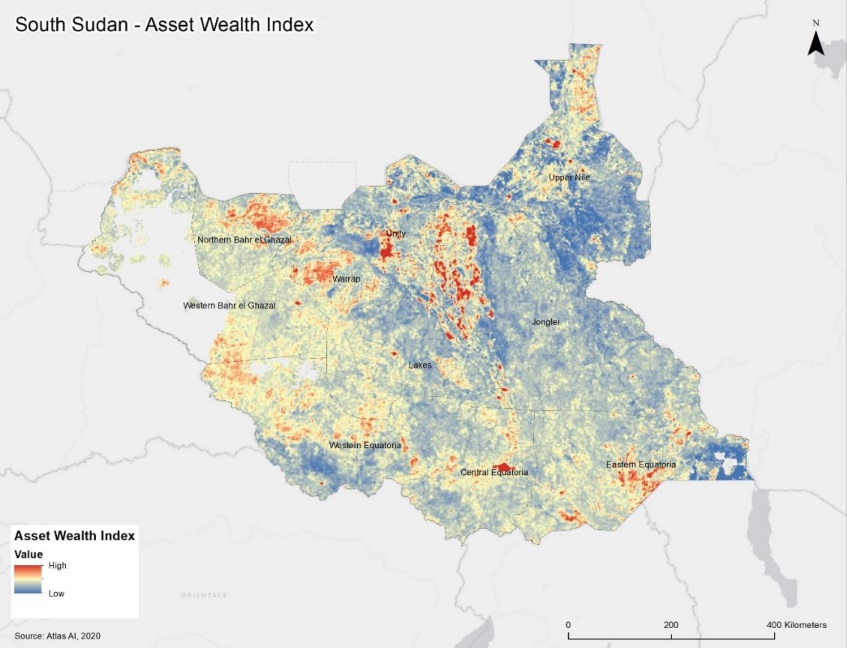
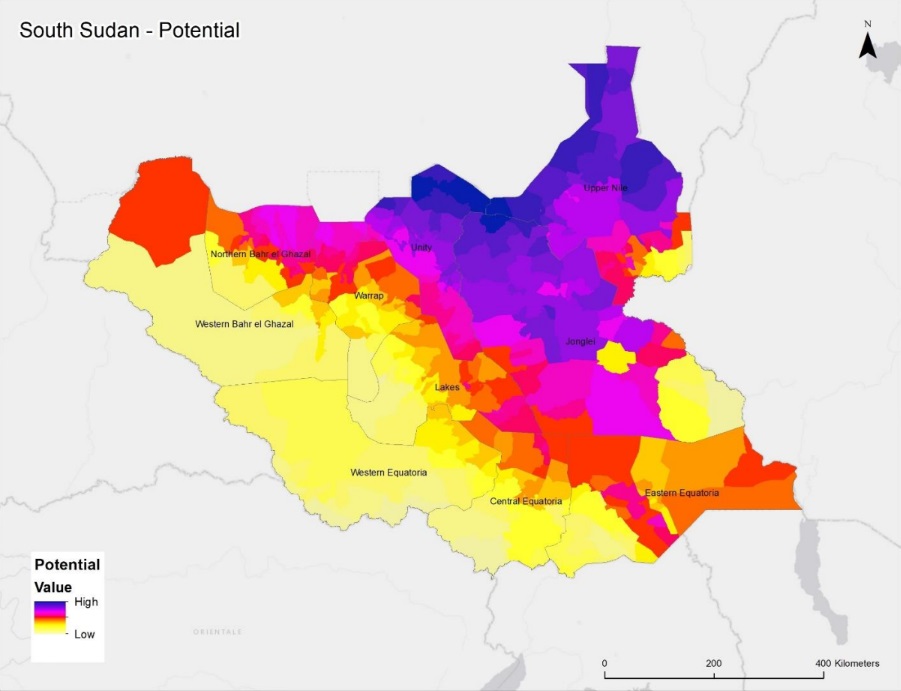
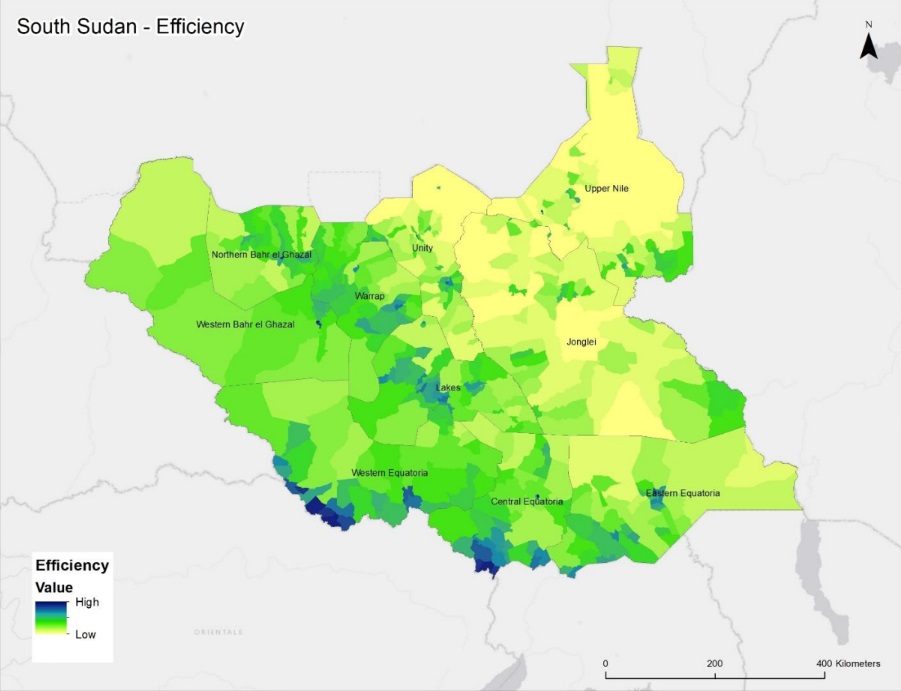
COMMODITIES AND INTERVENTIONS
Sorghum
Sorghum contributes to 76 percent of the national staple food supply in South Sudan. It is consumed by most communities in the country; the most widespread being sorghum flour to prepare flat bread (kisra), porridge (asseeda) and other meals. About 80 percent of households grow sorghum (in all states) from own seeds of local varieties.
In 2022, the national sorghum production reached 741,339 MT in a production area of 759,469 hectares and the yield was 0.98 MT/ha. Nevertheless, sorghum production and productivity are low due to limited access to quality inputs, most households dedicate below two acres of land to sorghum production, mostly in rain fed mixed cropping system as well as high post-harvest losses driven by limited storage and processing facilities and poor road infrastructure and access to energy.
Investment of 50 million USD is required for the sorghum value chain to support 10,717 smallholder farmers to increase sorghum production, processing and commercialization through key investments in improved access to quality inputs and services for sustainable production intensification; storage and processing facility with adequate governance and management approaches; and ancillary infrastructure to ensure logistics and commercialization. The IRR is 27% with a net present value of 15 million USD.
Sesame
South Sudan ranks 5th in the world for area harvested to sesame seeds. The crop is mainly grown by small-holder farmers, while there are some commercial farmers in Upper Nile State. In 2021, the total sesame production in South Sudan was 26,000 MT and the yield was 0.3 ton/ha. Local demand is growing for processed sesame seeds and byproducts, most of which are currently imported from neighboring countries. In 2021, South Sudan exported $253k in sesame oil or fractions not chemically modified, making it the 44th largest exporter in the world. Sesame is the 16th most exported product in South Sudan, the main destination of exports being United Arab Emirates and France.
To increase sesame production, processing and commercialization through facilitated access to value chain inputs services for sesame out growers linked to storage and processing facilities, investments in the sesame value chain add up to 31 million USD benefitting 40,978 smallholder farmer households. The IRR is 37% with a net present value of 17 million USD.
Fisheries
South Sudan has abundant fisheries resources, the fishery sector produces about 140,000 tonnes / year and approximately 1.7 million people depend directly on fisheries for their livelihoods. Fisheries are accessible to women and youth and can provide livelihood and employment and are perceived as a more 'secure' and reliable activity. The potential sustainable yield from wild fisheries is estimated in the order of 200,000 tonnes/year, worth about USD 800 million per year. Six out of ten states (Upper Nile, Jonglei, Unity, Northern Bahr el Ghazal, Warrap, and Lakes) have an abundant fishery resource.
To increase the capacity and value of capture fisheries so as to cover growing demand from domestic and export markets, fisheries sector development requires an investment of 17 million USD for fishers support and landing sites and enhanced market access to benefit 1,170 fishers households. The IRR is 20% with a net present value of 2.8 million USD.
Rice
Rice in South Sudan is ranked among the first four major staple cereals and is produced in two types of rice production systems (upland and lowland/paddy rice).
Investments are required in rehabilitation and development of irrigation schemes, access to high quality inputs, support to apply adequate technologies and practices, as well as improved infrastructure and management capacities for storage, processing and commercialization. Investments to increase rice production, productivity and commercialization from Aweil Rice Scheme (ARS) add up to 28 million USD, benefitting 4,600 smallholder farmer households. IRR is 15% with a net present value of 2 million USD.
See the investment plan slide deck presentation by South Sudan IF 2023
Country Info



